Cipractin
✅ Promotes appetite
✅ Supports weight gain
✅ Alleviates allergies
✅ Relieves itching
✅ Manages migraine
Ciplactin contains Cyproheptadine.
Product Overview
Ciplactin is a pharmaceutical formulation containing Cyproheptadine as its active component. This first-generation antihistamine possesses additional anticholinergic and sedative characteristics. As a prescription medication, it is primarily employed to manage allergy symptoms including pruritus, rhinorrhea, sneezing, and ocular irritation. Beyond its antihistaminic properties, Ciplactin is also utilized as an appetite stimulant to facilitate weight gain in patients experiencing conditions like anorexia nervosa or cachexia. Its mechanism involves the blockade of histamine receptors and modulation of neurotransmitter activity.
Therapeutic Applications
Ciplactin demonstrates clinical efficacy in treating various allergic manifestations such as allergic rhinitis, allergic conjunctivitis, and atopic dermatitis. Its secondary indication includes the management of appetite disorders and unintentional weight loss associated with pathological conditions including but not limited to eating disorders, malignancies, and HIV-related wasting syndrome. The medication provides symptomatic relief from allergic responses while potentially improving nutritional status in cachectic patients.
Administration Guidelines
For optimal therapeutic outcomes, Ciplactin should be administered precisely as directed by a qualified healthcare professional. The standard route of administration is oral, with tablets to be swallowed intact accompanied by adequate water intake. Pharmaceutical formulation should not be altered by crushing or chewing. When prescribed for appetite enhancement, temporal administration preceding meals is recommended to potentiate its orexigenic effects. Strict adherence to prescribed dosing schedules is imperative.
Pharmacological Mechanism
The therapeutic activity of Cyproheptadine, the active pharmaceutical ingredient in Ciplactin, is mediated through competitive antagonism of histamine H1 receptors and serotonin receptors. This dual mechanism not only attenuates the pathophysiological effects of histamine release during hypersensitivity reactions but also modulates central nervous system pathways involved in appetite regulation. The resultant effects include mitigation of allergic symptomatology and potential stimulation of feeding behavior.
Dosage Protocol
Therapeutic dosing of Ciplactin requires individualization based on patient-specific parameters including age, body mass, and clinical indication. Standard dosing regimens typically range from 4mg to 20mg daily, often administered in divided doses. For appetite stimulation, preprandial administration is frequently recommended. Medical supervision is essential to establish appropriate dosing schedules and monitor therapeutic response.
Therapeutic Advantages
Ciplactin provides multidimensional therapeutic benefits for patients with allergic conditions or nutritional deficiencies. Its antihistaminic properties effectively alleviate allergic manifestations, thereby enhancing patient comfort and functional capacity. The medication’s orexigenic effects can potentially reverse catabolic states in patients experiencing involuntary weight loss, contributing to improved nutritional parameters and overall health status.
Adverse Effect Profile
Common pharmacological sequelae associated with Ciplactin administration may include somnolence, xerostomia, visual accommodation disturbances, gastrointestinal hypomotility, and urinary retention. While typically transient in nature, persistent or severe manifestations warrant medical consultation. Rare but serious neurological effects including cognitive disturbances or seizure activity necessitate immediate medical intervention.
Precautionary Measures
Prior to Ciplactin initiation, comprehensive medical evaluation is mandatory, including assessment of concomitant medications and pre-existing conditions. Pharmacodynamic interactions with CNS depressants may potentiate sedative effects. Patients should exercise caution when engaging in activities requiring mental alertness. Concomitant use with alcohol or other sedating agents is contraindicated due to potential synergistic CNS depression.
Storage Specifications
Ciplactin tablets require storage under controlled environmental conditions (15-30°C) with protection from humidity and temperature extremes. Pharmaceutical products must be secured in child-resistant containers and maintained in their original packaging. Proper disposal of expired or unused medication should comply with local pharmaceutical waste management protocols.
Medical Disclaimer
The information provided herein represents carefully curated, evidence-based pharmaceutical data that has undergone expert review. However, this content does not constitute medical advice and should not supersede professional clinical judgment. The presented information may not encompass all potential adverse effects, contraindications, or drug interactions. Patients are strongly advised to consult qualified healthcare providers for personalized medical guidance. This content is intended to facilitate informed patient-provider discussions, not to replace them.
| Strength | 4 mg |
|---|---|
| Quantity | 30 Tablet/s, 60 Tablet/s, 90 Tablet/s, 180 Tablet/s |
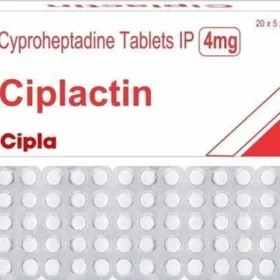 Cipractin
Cipractin









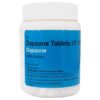

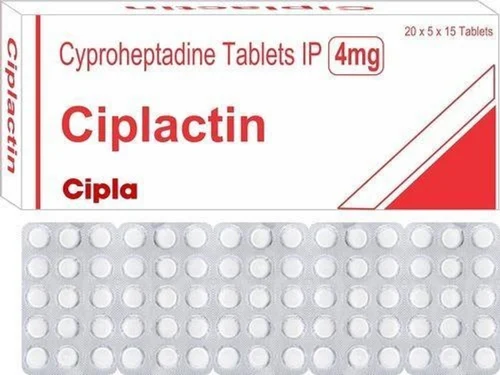
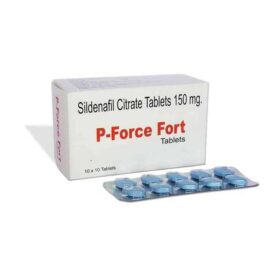
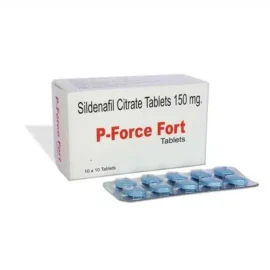
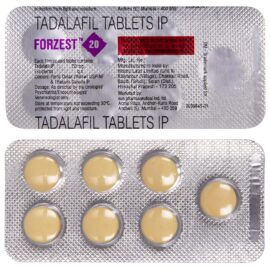
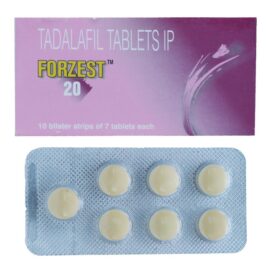
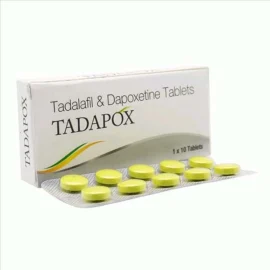
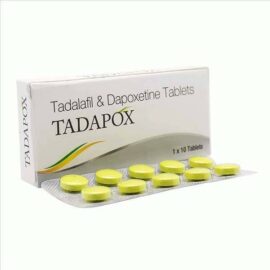
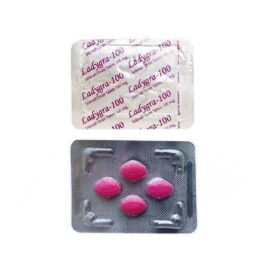

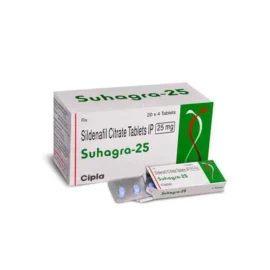
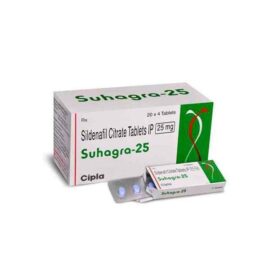
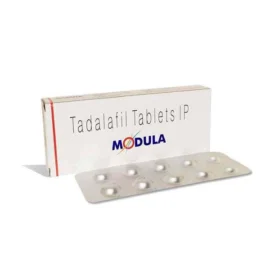
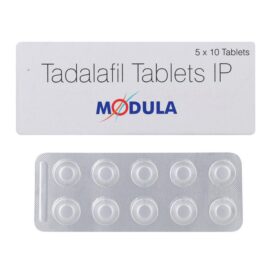
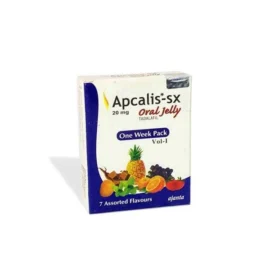
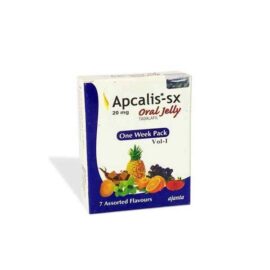
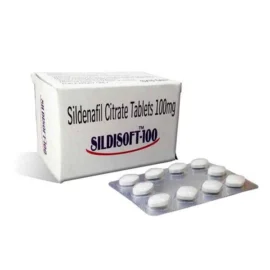
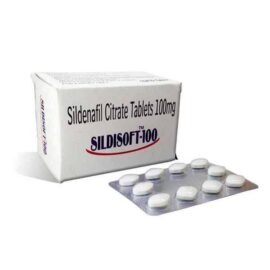
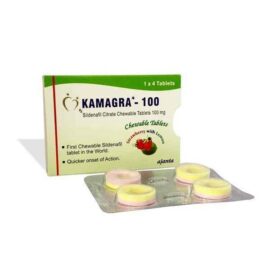
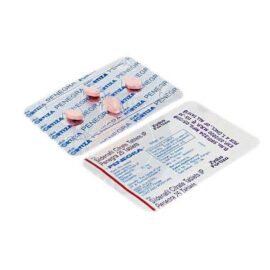
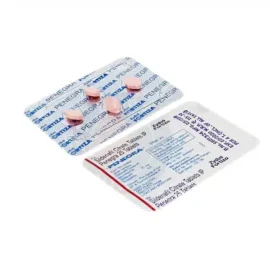
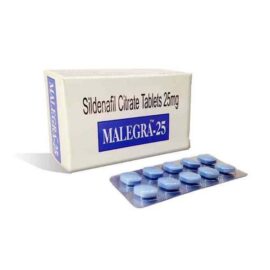
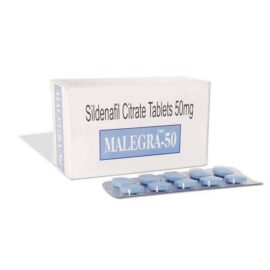
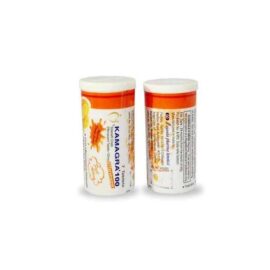
Reviews
There are no reviews yet